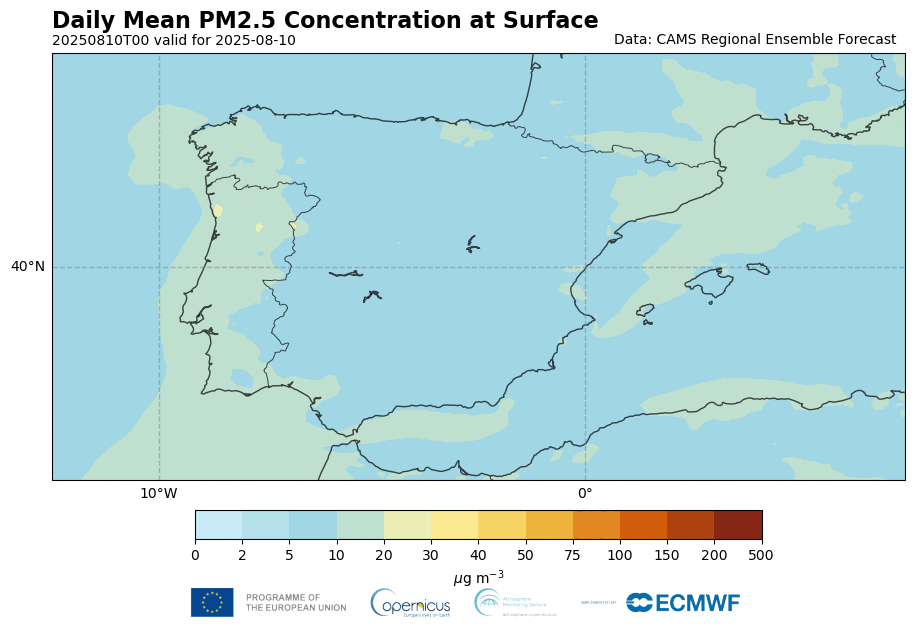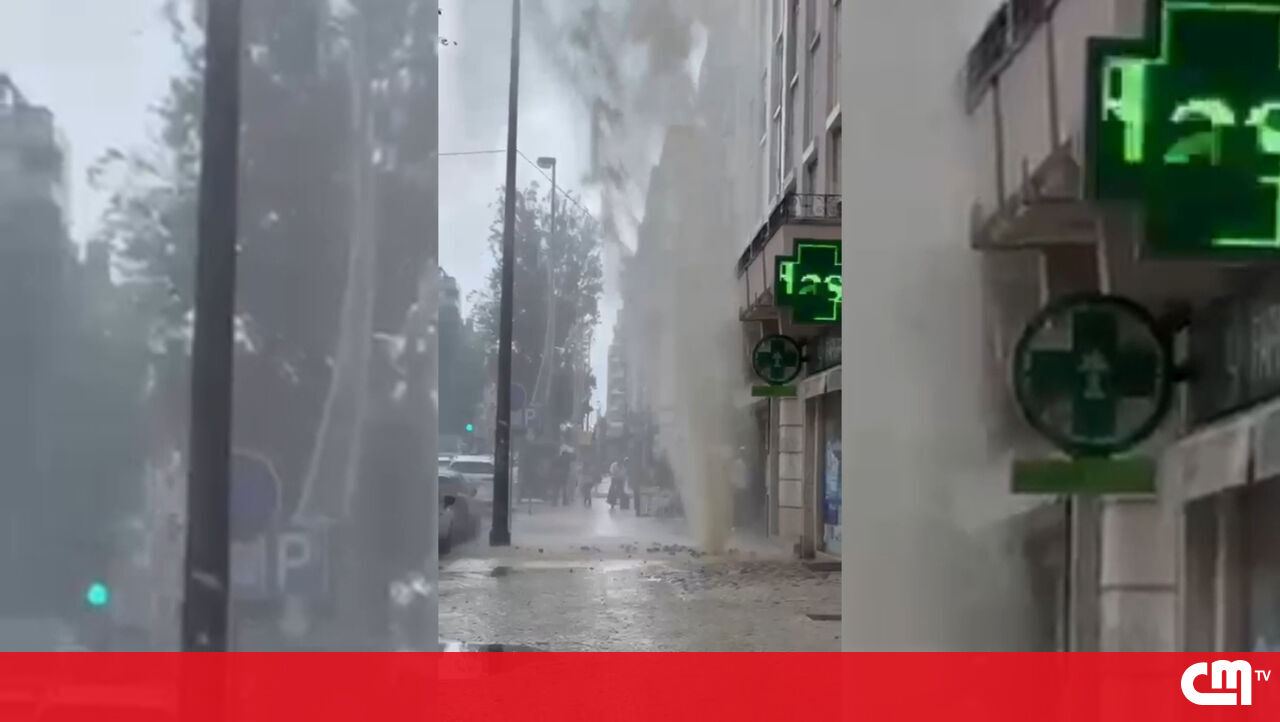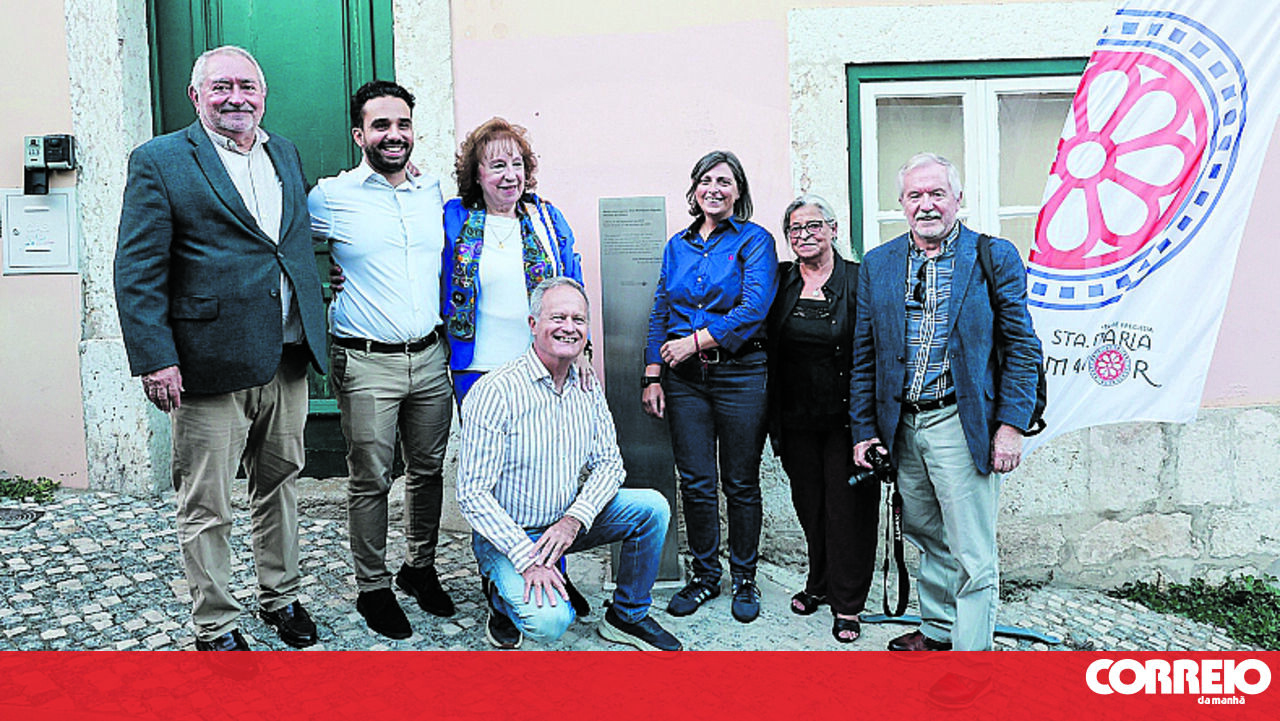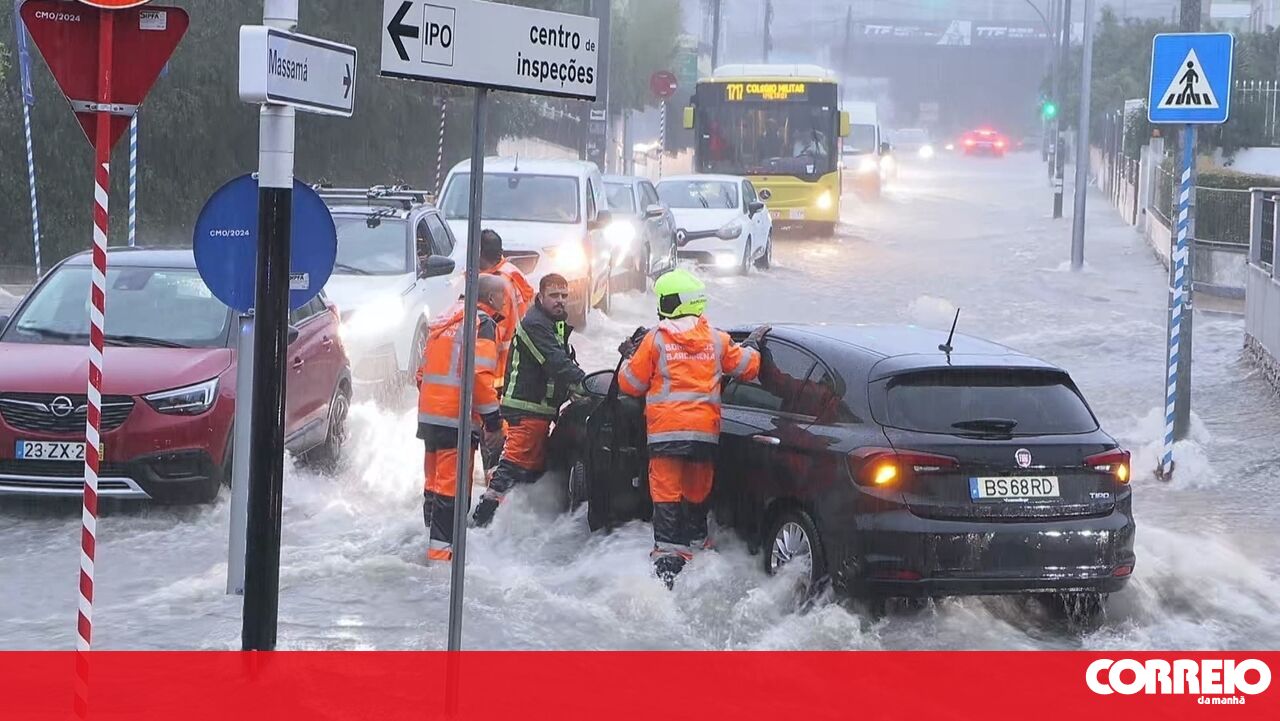Devastating Fires Drive Unprecedented Emissions Spike
The first half of August saw an 'exceptional increase' in wildfire emissions across Spain and Portugal, according to a recent analysis by the European Copernicus climate and atmosphere monitoring program. These Iberian Peninsula fires have resulted in Spain's highest CO2 emissions from wildfires since 2003. In Portugal, while records weren't broken, emissions have doubled the average from 2003 to 2024.
Sharp Rise in Carbon Output
Experts' graphs show a clear, steep rise in CO2 emissions linked to the devastating fires that ignited in early August. Predictions from the Copernicus Atmosphere Monitoring Service (CAMS) indicated a significant surge in fine PM2.5 particles at the surface, associated with smoke from these blazes, with concentrations far exceeding normal levels.
For Portugal, data on the estimated total accumulated carbon emissions from wildfires up to August 18 reveal a sharp upward trend starting this month. The CAMS Global Fire Assimilation System (GFAS) chart indicates that 2025 is already the fourth-highest year for wildfire emissions in Portugal.
In a response to Azul, Francesca Di Giuseppe, a researcher at the European Centre for Medium-Range Weather Forecasts (ECMWF) of Copernicus, stated that 'emissions from current fires in Portugal are estimated by CAMS to be ten times higher than the seasonal average.'
Rapid Escalation in Spain
At the start of the month, Spain's accumulated carbon emissions from wildfires were below the seasonal average, despite several active fires. However, in just a few days, unprecedented fire activity in multiple regions pushed the country's total 2025 wildfire emissions to the highest annual level in the 23-year CAMS dataset.
Mark Parrington, a senior scientist at CAMS, described the August emissions in Spain and Portugal as 'exceptional,' noting that in just 7-8 days, Spain's total emissions growth reached the highest annual level in two decades of CAMS data.
The massive smoke release, particularly PM2.5 particles, led to a 'severe degradation of air quality' locally and across the Iberian Peninsula and parts of France.
Widespread Impact of Smoke
Experts highlighted the effects of ongoing fires in northern Portugal and a major additional blaze in central Portugal in recent days. CAMS forecasts show a clear increase in surface PM2.5 particles from the smoke, with concentrations well above normal. The smoke from Iberian fires traveled through France, the UK, and reached Scandinavia, mingling with smoke from Canadian wildfires that crossed the Atlantic.
The analysis emphasizes the Iberian Peninsula, with several regions in northwestern Spain, including Castile and León, Galicia, Asturias, and Extremadura, heavily impacted. Thousands of residents were forced to evacuate, many roads remain closed, and key transport links like the Madrid-Galicia railway were disrupted.
CAMS observations and Spain's air quality monitoring network show deteriorated air quality across a large area, with PM2.5 concentrations 'well above World Health Organization guidelines' (24-hour average of 15 μg/m³ for PM2.5). Smoke spread hundreds of kilometers, reducing air quality far beyond the immediate fire zones.
Global Reach of Toxic Clouds
The toxic cloud traveled far, with smoke from Iberian fires crossing into France, the UK, and Scandinavia, joining smoke from Canadian wildfires. The analysis also notes that in France, extreme heat maintained a very high fire risk, with a major wildfire between Carcassonne and Perpignan on August 4 being the worst in the French Mediterranean in half a century.
In North America, widespread fire activity continues, with Canada's Saskatchewan and Manitoba provinces most affected—2025 is already the country's second-worst fire season since 2023. In the US, fires in Nevada, Arizona, Utah, and Colorado since July have produced large smoke clouds that can cross the Atlantic to affect Europe.
As heat and drought conditions persist in southern Europe and North America, CAMS will continue monitoring the scale and spread of wildfires, providing vital information to support preparedness and response measures.
























Comments
Join Our Community
Sign up to share your thoughts, engage with others, and become part of our growing community.
No comments yet
Be the first to share your thoughts and start the conversation!